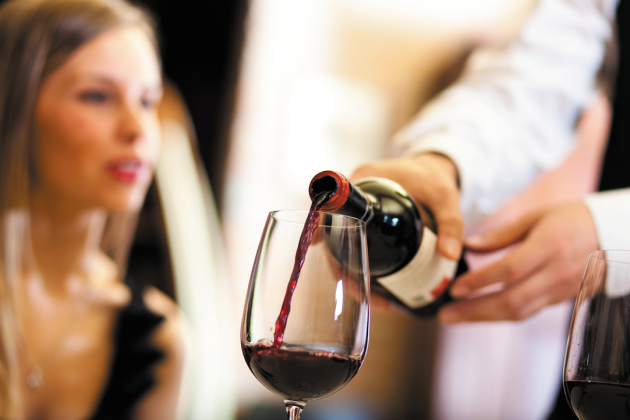
How well do you know your wine myths?
Ours is an industry based as much on stories as it is winemaking, and people as much as the wine itself.
It’s no surprise then, coupled with wine’s long history, that a fair amount of wine-related myths have crept into the common vinous vernacular.
Matt Deller MW, chief wine officer at Wine Access, which sells small-batch wines online, believes he is able to put an end to questions like “how to look after red versus white” once and for all.
Harpers caught up with the MW who promised to debunk some of wine’s most widely cherished myths.
Myth 1: “There is a very specific drinking window within red wines should be enjoyed”
Wine buffs have debated for years about how long it’s acceptable to quaff the good stuff before it’s destined for the drain.
The rule of thumb is generally that red wines last for two days at room temperature, while white wines will survive three days in the fridge.
But Deller says that particularly for red wines, drinking windows are just a guide, and – partly because there are so many variables - he recommends not following them “too slavishly”.
“Red wine ages at different speeds depending on storage conditions, particularly average temperature and temperature fluctuation,” he says.
“Also, different people like wines at different stages of maturity, some like youthful reds for their primary fruit flavors and youthful tannins, others prefer mellow, savory reds. It's all a matter of taste.”
Good news for venues which are worried about shifting stock.
But again, Deller stresses the point that all wines are different, and that a wine’s components will tell those drinking, serving or selling the wine, how long it will last.
“It depends on wine and storage conditions - tannin, acid and sugar are all preservatives and the greater the concentration of these the longer the wine can last.
“Wines made with a lot of exposure to oxygen in the winemaking process, like traditional Barolo or Rioja Gran Reserva may be more stable and hold their character and structure for longer.”
Environmental conditions, particularly around temperature, also have a big influence.
“All chemical processes, including degradation, occur twice as quickly for every 10 degrees Celsius warmer. A smaller ratio of remaining wine to headspace in the bottle will result in faster oxidation.
“Preservation devices can help extend the life of an opened wine. Argon sprays can extend by a day or so, and with Coravin you can happily pour wine by the glass over the course of at least two months.”
Myth 2: "If I haven't heard of it, it can’t be very good”
Not all myths are around how to make, store, or look after wine.
Customers often look for recognisable names and brand cues on the label as a starting point.
Deller confirms that customers are heavily brand led – and recommends that those in the trade shout louder about the gains to be had from venturing beyond the safety net.
Customers don’t seem to realise it, but, “Sometimes the weirdest sounding wines on a restaurant wine list, or from Wine Access for example, are among the best buys,” he says.
“The reason is that if restaurants and retailers stick out their neck for a discovery wine, as opposed to selling the known names, varieties and origins that don't require hand selling, it’s usually for a really good reason - they have fallen in love with it.
“Also, big names charge a premium for their brand, while lesser-known producers and appellations need to price sharply to encourage adventurous wine lovers to take a leap of faith.”
Myth 3: "Specific wines pair with specific foods"
This will be somewhat controversial to those convinced by pairing dry Rieslings with fish and Chevre and Pecorino with Sancerre.
But Deller thinks that a move to a more relaxed approach is often the better way to engage customers.
“I come across people all the time that seem very concerned about whether they are pairing their wines with the right foods, and vice versa,” says Deller.
“I find the best joy comes from ignoring the 'rules', or trying to cook special dishes to match particular wines, and just drinking the wines you like with the foods you like."




